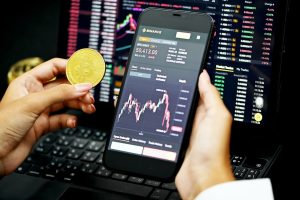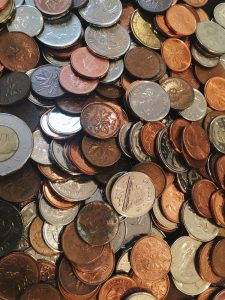When it comes to trading Forex, it is important to be aware of the costs involved. It is not just about the price of the currency pair you are trading, but also the fees and commissions charged by your broker. These costs can add up quickly and have a significant impact on your profits, so it is essential to understand how much money you are actually spending when you trade Forex.
Spread
The spread is the difference between the buying and selling price of a currency pair. It is the primary cost of trading Forex, and it is how brokers make money. When you open a trade, you will pay the spread, which is usually expressed in pips. For example, if the EUR/USD pair has a spread of 1 pip, and you buy at 1.1200, you will pay a spread of $10 for a standard lot (100,000 units).
The spread can vary depending on the currency pair you are trading, the market conditions, and the broker you use. Some brokers offer fixed spreads, while others have variable spreads that can be wider during volatile market conditions.
Commission
Some brokers charge a commission on top of the spread. This is usually a fixed amount per lot, and it can vary depending on the broker and the currency pair you are trading. For example, if your broker charges a commission of $5 per lot, and you trade a standard lot of EUR/USD, you will pay a total of $15 ($10 for the spread and $5 for the commission).
Swap
A swap is the interest rate differential between the two currencies in a currency pair. When you hold a position overnight, you will either pay or receive a swap depending on the direction of your trade and the interest rates of the currencies involved.
The swap can be positive or negative, and it is expressed in pips. For example, if you buy AUD/USD, you will receive a positive swap because the interest rate of the Australian dollar is higher than the interest rate of the US dollar. If you sell AUD/USD, you will pay a negative swap.
The swap can be a significant cost if you hold positions for a long time, especially if you trade with high leverage. Some brokers offer swap-free accounts for religious reasons, but they may charge higher spreads or commissions to compensate for the lost swap revenue.
Slippage
Slippage occurs when the price of a currency pair moves between the time you place your order and the time it is executed. This can happen during periods of high volatility or low liquidity, and it can result in a higher or lower entry price than you expected.
Slippage can be a cost if it goes against your trade, but it can also be a benefit if it goes in your favor. Some brokers offer price improvement technology that aims to reduce slippage and improve execution quality.
Other Costs
In addition to the above costs, there may be other fees and charges associated with trading Forex, such as:
– Deposit and withdrawal fees: Some brokers charge a fee for depositing or withdrawing funds from your trading account.
– Inactivity fees: Some brokers charge a fee if you do not trade for a certain period.
– Platform fees: Some brokers charge a fee for using their trading platform or accessing certain features.
– Data fees: Some brokers charge a fee for accessing market data or news feeds.
Conclusion
Trading Forex can be a profitable venture, but it is essential to understand the costs involved. The spread is the primary cost of trading, but there may be other fees and charges that can add up quickly. By understanding the costs, you can make informed decisions about your trading strategy and manage your risk effectively.





